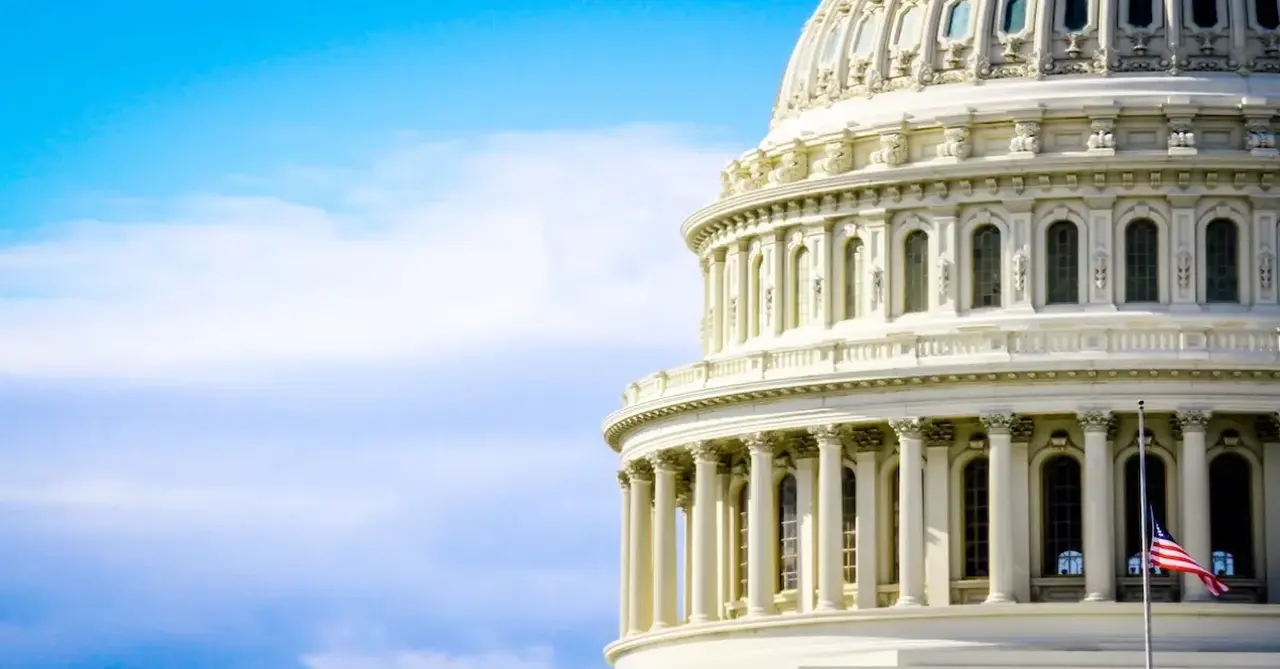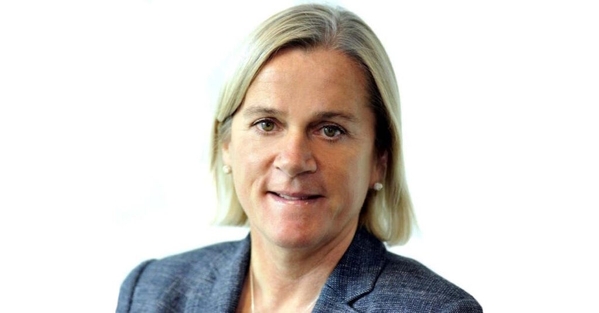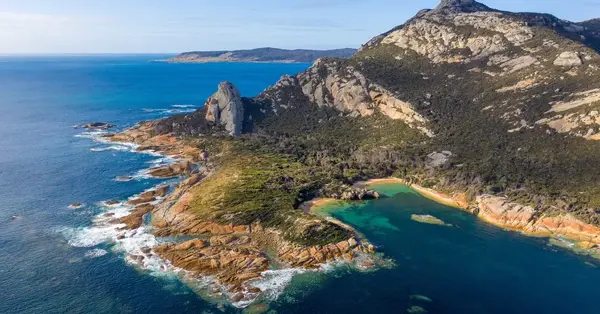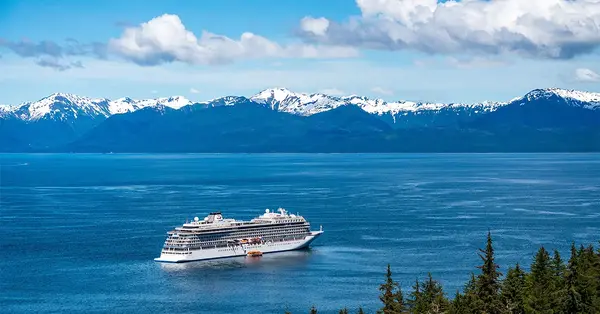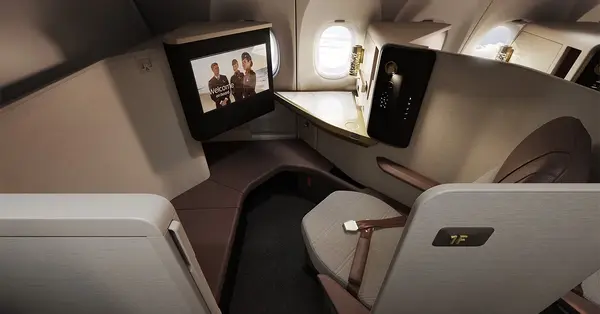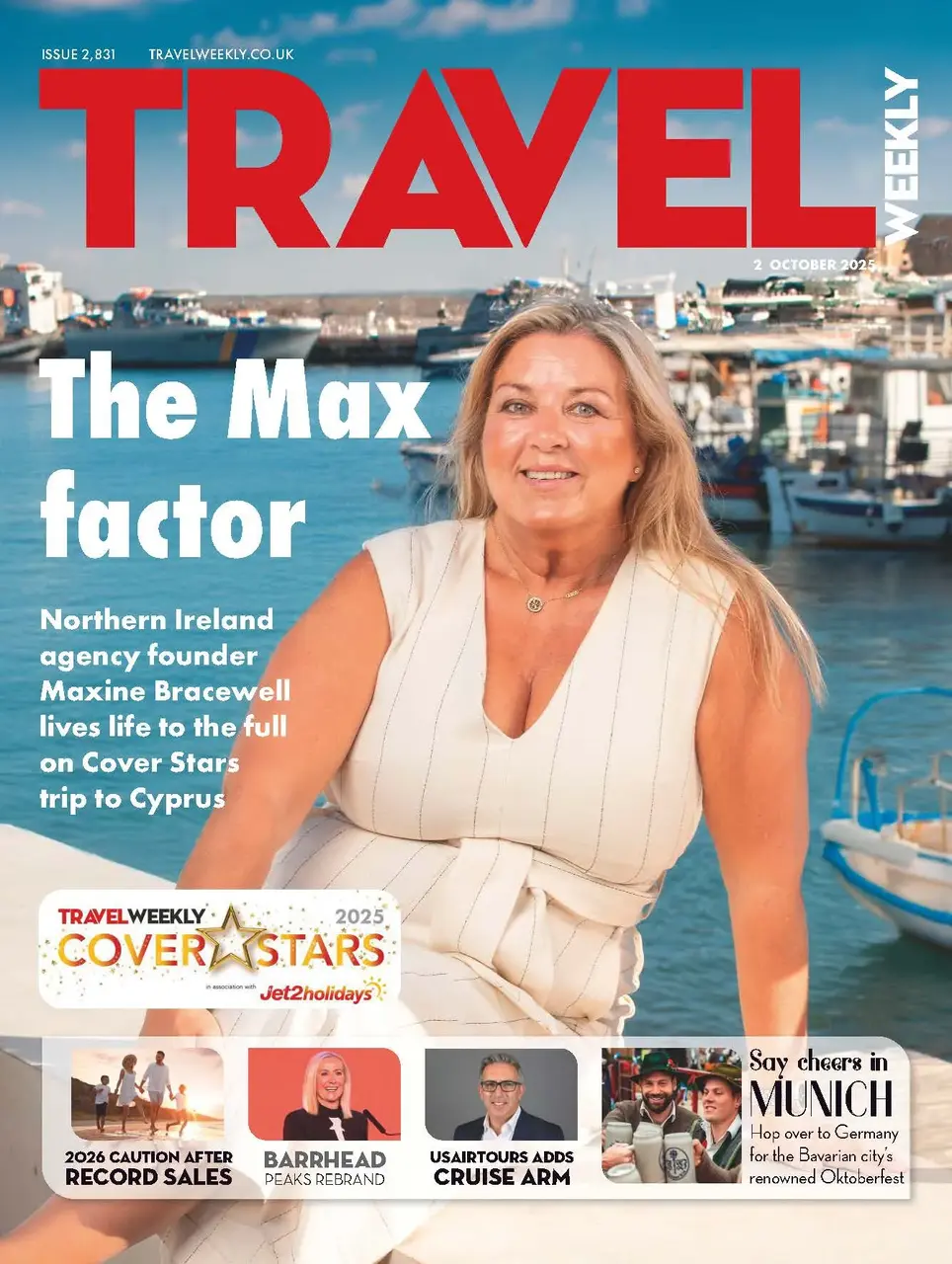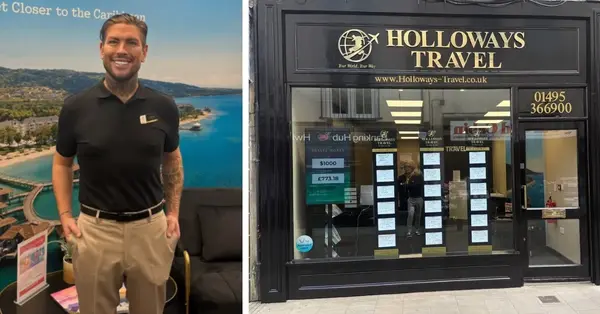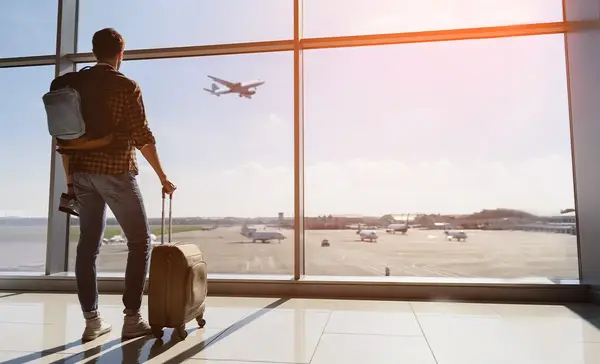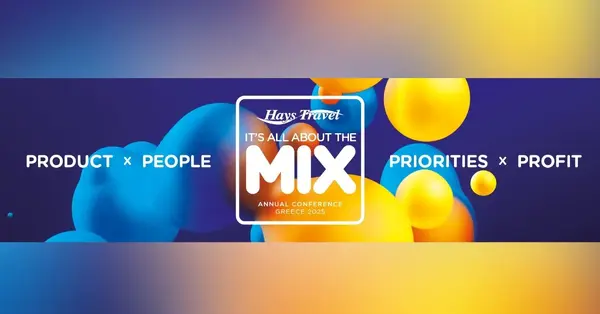You are viewing 1 of your 2 free articles
US government shutdown threatens $1bn-a-week hit on travel
The US government shut down from midnight last night in Washinton DC as Republican and Democrat leaders failed to agree a federal budget.
Up to 750,000 federal workers face being laid off as services are curtailed, with president Donald Trump threatening mass firings amid rising political tension and concerns about the impact on financial markets.
The US Travel Association (USTA) wrote to Congressional leaders ahead of the deadline for setting a budget warning that a shutdown would cost the travel industry up to $1 billion a week.
USTA president and chief executive Geoff Freeman described a shutdown as “a wholly preventable blow to America’s travel economy”.
The potential losses, calculated by economic consultancy Tourism Economics, will stem chiefly from disruption to air travel.
The deadline passed as the World Travel & Tourism Council (WTTC) issued a report forecasting international visitor spending in the US was already set to fall by $12.5 billion this year.
The US government shut down due to budgetary deadlock twice during the previous Trump administration, for 35 days in late December 2018 to January 2019 – the longest shutdown in US history – and for three days in January 2018.
The USTA warned in August that the administration’s “foolish new fees on foreign visitors and reductions to Brand USA” funding already threaten international visitor numbers.
Federal funds for Brand USA are set to be slashed from up to $100 million a year to $20 million, while the Electronic System for Travel Authorisation (ESTA) fee for UK and other travellers who don’t require visas will almost double from $21 to $40, while visitors requiring visas will face a new $250 Visa Integrity Fee.
The squeeze on international travel comes as US domestic tourism appears to be in a downturn. US theme parks and hotels report a drop in domestic demand, with visitor spending this summer down year on year.
Regional theme parks owner and operator Six Flags Entertainment reported a significant decline in attendance in the first six months of the year last week, blaming both “extreme weather” and the prevailing economic uncertainty.
US credit card data released in August showed spending at theme parks down 5% year on year, although larger parks such as Disney’s and Universal’s saw increased spending in May to July due to higher admission prices, and demand for Orlando grew after Universal opened its Epic Universe park in May.
Hospitality analyst CoStar reported the construction pipeline of US hotels down 12% year on year in June amid “unrelenting economic uncertainty”.

